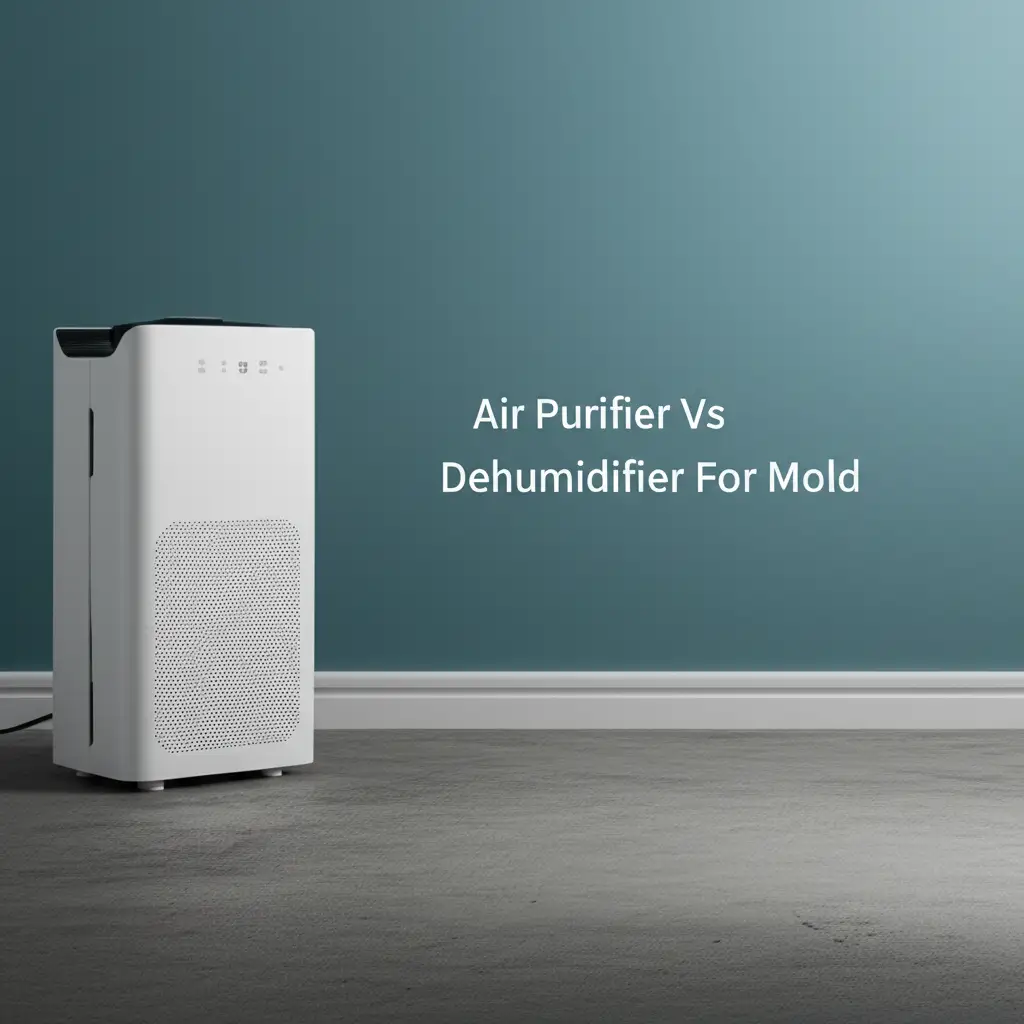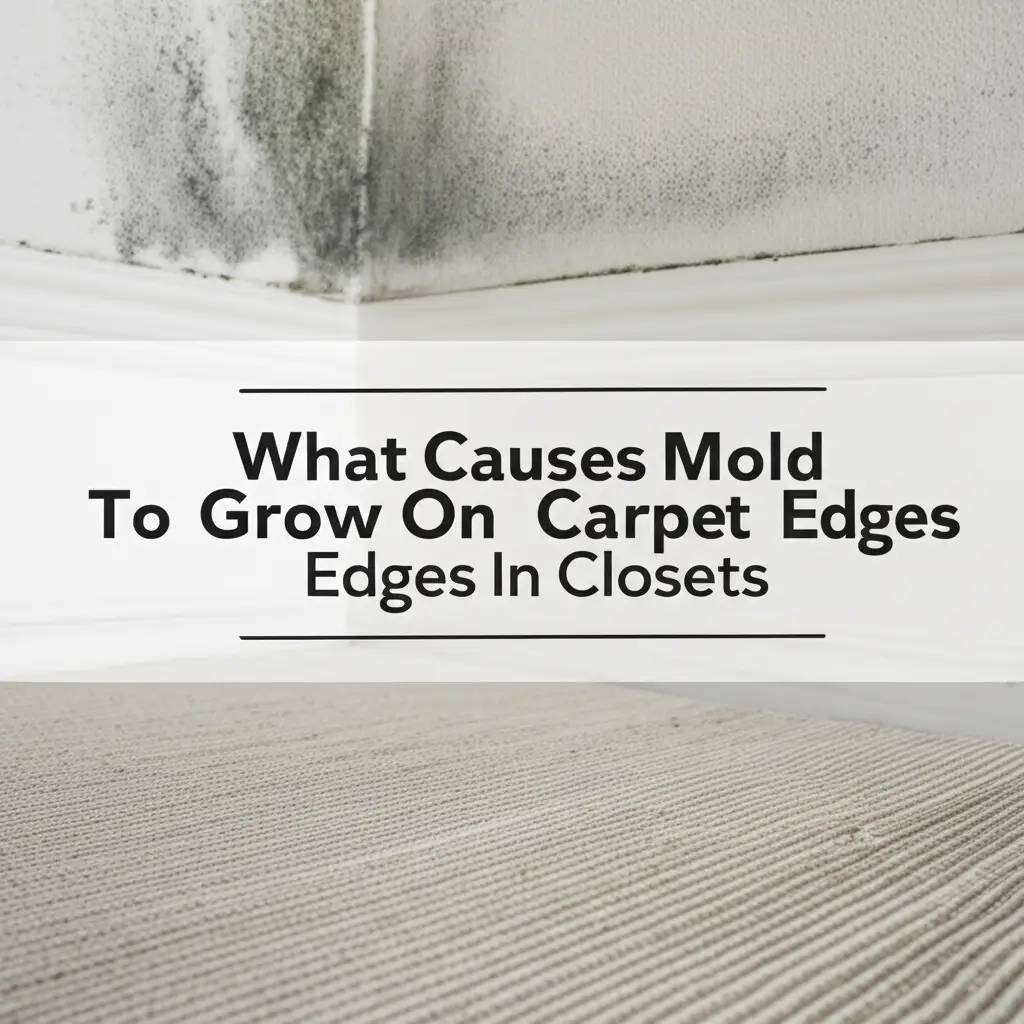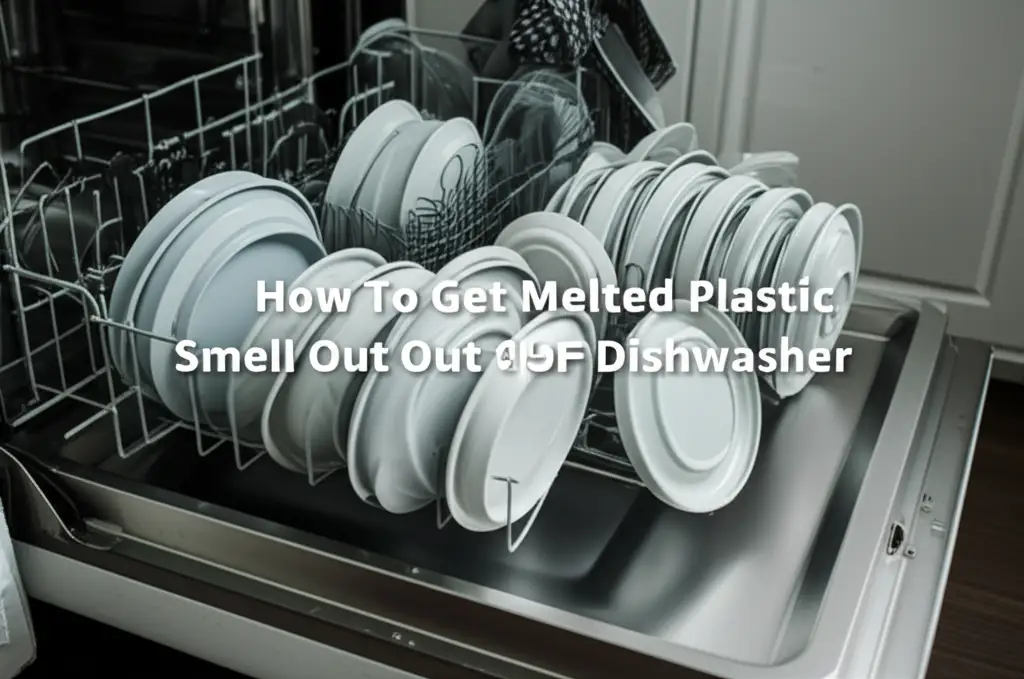· Mason Everett · Home Maintenance · 15 min read
Air Purifier Vs Dehumidifier For Mold

Air Purifier Vs Dehumidifier For Mold: Which is Best?
Finding mold in your home is never a pleasant discovery. It brings along concerns about health, property damage, and that distinctive musty smell. Many people immediately think of using an air purifier or a dehumidifier to combat this unwelcome guest. However, understanding the core function of each device is crucial for effective mold management. My goal is to help you decide between an air purifier vs dehumidifier for mold problems in your living space.
This article explores how mold grows, how each device works, and which is better for different situations. We will compare their strengths and weaknesses, offering clear guidance. You will learn when to use a dehumidifier, when an air purifier is necessary, and why sometimes using both provides the best defense against mold. Let us discover the best approach to keep your home healthy and mold-free.
Takeaway:
- Dehumidifiers prevent mold by controlling moisture.
- Air purifiers remove airborne mold spores.
- Address the root cause of moisture for complete mold elimination.
- Using both can offer a comprehensive solution.
A dehumidifier prevents mold growth by reducing moisture, its primary food source. An air purifier removes mold spores already floating in the air, improving air quality. For mold control, a dehumidifier is the first line of defense; an air purifier helps manage airborne allergens.
Understanding Mold Growth: The Enemy Within Your Home
Mold is a type of fungus. It grows from tiny spores that float in the air. These spores are always around us, both indoors and outdoors. Mold only needs a few things to grow into visible colonies.
First, mold requires moisture. This is the most important factor for mold growth. It can come from leaks, high humidity, or condensation. Second, mold needs food. It eats organic materials like wood, fabric, paper, and drywall. Finally, mold needs a suitable temperature. It grows best in warm conditions, but it can grow in cooler temperatures too.
Mold often appears as fuzzy spots of various colors. You might see black, green, white, or orange patches. It often comes with a strong, musty odor. This smell is a clear sign that mold is growing nearby. Many people find this smell unpleasant.
Mold can cause various problems for your home and health. For your home, mold damages surfaces. It can rot wood, discolor walls, and weaken structures. For your health, mold produces allergens. Some types of mold also produce irritants or toxins. Exposure can cause allergic reactions in sensitive individuals. Symptoms include sneezing, runny nose, red eyes, and skin rash. People with asthma may experience more severe reactions. It is important to address mold quickly. If you have visible mold on surfaces like your bathroom shower, it’s vital to clean it properly to prevent further spread and health issues. You can find more information on how to clean mold in showers.
It also likes to hide in unexpected places. For instance, water from carpet cleaning can cause mold in vents. This happens if moisture does not dry completely. Read about will water in vents from carpet cleaning grow mold for more insight. Even your pillows can get moldy. If you see spots or discoloration, it is likely mold. Knowing what does mold on pillows look like helps in early detection. Mold also frequently grows on carpet edges in closets. This is often due to poor air circulation and higher humidity. Discover what causes mold to grow on carpet edges in closets to understand the causes.
How Dehumidifiers Combat Mold: Stripping Away Moisture
A dehumidifier is a device that removes excess moisture from the air. It works by drawing in humid air. The air then passes over cold coils, similar to a refrigerator. As the air cools, moisture condenses into water droplets. These droplets collect in a reservoir or drain away through a hose. The now drier air is then released back into the room.
The primary function of a dehumidifier is to control indoor humidity levels. Mold thrives in environments with high humidity. Typically, mold begins to grow when relative humidity consistently stays above 60%. A dehumidifier aims to keep humidity levels below this threshold. Aim for 30-50% relative humidity for optimal mold prevention. This range discourages mold growth.
Using a dehumidifier offers significant benefits for mold prevention. It stops mold from starting in the first place. By removing moisture, it eliminates a key requirement for mold to reproduce and spread. This also helps reduce that musty smell associated with dampness and mold. People often find their homes feel more comfortable when humidity is controlled. This is especially true in basements, crawl spaces, and other naturally damp areas.
However, a dehumidifier has limitations. It does not remove mold that has already grown on surfaces. It only prevents new mold growth. If you have a visible mold problem, you must clean it thoroughly first. A dehumidifier also cannot fix the source of moisture. For example, it cannot stop a leaky pipe. You must repair any leaks to truly solve a moisture issue. Regular cleaning of your dehumidifier is also important. This prevents it from becoming a source of issues itself. Learn how to clean a GE dehumidifier to maintain its effectiveness and prevent mold buildup inside the unit.
Air Purifiers and Mold Spores: Clearing the Air You Breathe
An air purifier is a device designed to remove contaminants from the air. It works by drawing air through a series of filters. Different types of filters target different particles. For mold, the most important filter type is a HEPA filter. HEPA stands for High-Efficiency Particulate Air. A true HEPA filter captures 99.97% of airborne particles 0.3 microns in size. Mold spores typically range from 2 to 100 microns. This means a HEPA filter is very effective at trapping them.
The primary function of an air purifier regarding mold is to remove airborne mold spores. When mold grows, it releases these tiny spores into the air. Breathing these spores can trigger allergies or respiratory issues in sensitive individuals. An air purifier cleans the air you breathe by trapping these floating spores. It does not address the moisture issue that causes mold. It does not kill mold on surfaces.
Using an air purifier offers significant benefits for indoor air quality. It reduces the concentration of mold spores, pollen, pet dander, and dust in the air. This can greatly improve symptoms for people with allergies or asthma. It makes the air feel cleaner and fresher. While it does not eliminate the mold problem itself, it makes the indoor environment safer for occupants. Proper maintenance of air systems is essential. This includes knowing how to clean air vents to prevent dust and allergen buildup that air purifiers might re-circulate if vents are dirty.
However, an air purifier has key limitations for mold control. It does not stop mold from growing. It does not remove moisture from the air. If you have high humidity, mold will continue to grow on surfaces, even with an air purifier running. An air purifier also cannot clean mold off surfaces like walls or furniture. Its role is strictly to clean the air. You must remove the visible mold and fix the moisture source first. Then, an air purifier helps maintain air quality.
Air Purifier Vs Dehumidifier For Mold: Direct Comparison
When evaluating an air purifier vs dehumidifier for mold, it helps to understand their distinct roles. These devices serve very different purposes. My aim is to make this distinction clear for you.
A dehumidifier’s main job is moisture removal. It actively pulls water vapor from the air. This process directly addresses the primary cause of mold growth: high humidity. If the air is dry, mold cannot establish itself or spread. Therefore, a dehumidifier is a preventative tool. It stops mold from starting. It also helps remove the musty smell often associated with dampness.
An air purifier, on the other hand, cleans the air. It filters out particles like dust, pollen, and, importantly, mold spores. When mold grows, it releases these microscopic spores into the air. Breathing them can cause health issues. An air purifier captures these airborne spores. It is a reactive tool. It deals with the consequence of mold growth (spores in the air), not the cause (moisture).
Let’s look at a simple comparison:
| Feature | Dehumidifier | Air Purifier |
|---|---|---|
| Primary Goal | Reduce humidity, prevent mold growth | Remove airborne particles (including mold spores) |
| Effect on Mold | Prevents growth by removing moisture | Filters existing mold spores from the air |
| Target | Moisture in the air | Particulate matter in the air |
| Addresses Cause? | Yes, addresses the moisture cause of mold | No, addresses a symptom (spores) |
| Removes Odor? | Yes, by removing dampness | Yes, some models with activated carbon filters |
| Deals with existing mold? | No, only prevents new growth | No, only cleans airborne spores |
As you can see, a dehumidifier tackles the root cause of mold: excess moisture. An air purifier cleans the resulting airborne spores. Neither device removes existing mold on surfaces. You must clean that manually. For example, if you find mold on your dishwasher, you need to clean it off. There are specific methods for how to clean mold off dishwasher that you should follow. In my experience, understanding these differences helps you choose the right tool for your specific mold challenge.
When to Use a Dehumidifier for Mold Control
A dehumidifier is your best friend when you are trying to control moisture. High humidity is the number one reason mold grows. So, if you live in a damp climate, or have specific damp areas in your home, a dehumidifier is a smart investment.
Think about places in your home that often feel damp or smell musty. Basements are classic examples. They are often below ground and prone to moisture seeping in. Laundry rooms also generate a lot of humidity from washing and drying clothes. Bathrooms, especially those without good ventilation, can also become very humid. In these spaces, a dehumidifier consistently pulls moisture from the air. This keeps humidity levels below the point where mold can thrive. I recommend keeping the relative humidity between 30% and 50%. This range is generally too dry for mold to grow comfortably.
Another critical time to use a dehumidifier is after a water event. This includes leaks, floods, or even just significant spills that soak into materials. Water damage creates a perfect environment for rapid mold growth. Running a dehumidifier helps dry out the affected area quickly. This limits the time mold has to establish itself. It can be a crucial step in preventing widespread mold issues. Just remember, the dehumidifier helps dry, but you still need to fix the source of the water.
You should also consider a dehumidifier if you notice persistent signs of high humidity. This includes condensation on windows, a sticky feeling in the air, or a general musty odor. These are all indicators that your home has too much moisture. A dehumidifier directly addresses this problem. It makes your home feel more comfortable and helps prevent mold from ever becoming visible.
When to Use an Air Purifier for Mold Control
An air purifier steps in where a dehumidifier leaves off. Its main job is to clean the air, not remove moisture. So, it is most useful in specific situations related to mold. My advice is to use an air purifier when you want to improve the air quality.
One prime scenario for using an air purifier is when mold is already present and you are cleaning it. When you disturb mold colonies, they release a large number of spores into the air. Breathing these spores can be harmful. Running an air purifier with a HEPA filter during and after cleaning helps capture these released spores. This reduces your exposure and prevents them from settling elsewhere. It makes the air safer to breathe during remediation efforts.
If you or family members suffer from allergies or asthma, an air purifier is also very beneficial. Mold spores are a common allergen. Even if you cannot see mold, microscopic spores might be floating in your air. These can trigger respiratory symptoms. An air purifier helps filter out these airborne allergens. This leads to cleaner air and can significantly reduce allergy symptoms. Many people report feeling better indoors with an air purifier running consistently.
Finally, an air purifier can be part of a general strategy to improve overall indoor air quality. Even without a visible mold problem, spores are naturally present in the air. An air purifier helps reduce the total load of airborne particles, including mold spores, dust, and pet dander. It creates a fresher, healthier indoor environment. Just remember, it does not fix the moisture issue. It simply cleans the air that you breathe. For example, ensuring proper air circulation and keeping your living space clean contributes to better air quality.
The Synergistic Approach: Using Both For Comprehensive Mold Management
Many homeowners wonder about an air purifier vs dehumidifier for mold. The most effective strategy often involves using both devices. They perform different, yet complementary, functions. Combining them creates a robust defense against mold and its effects. My recommendation is to consider both for comprehensive mold management.
A dehumidifier acts as the first line of defense. Its role is to prevent mold growth by maintaining optimal humidity levels. Mold cannot grow if the environment is too dry for it. By keeping relative humidity below 60%, especially in damp areas like basements or bathrooms, you eliminate mold’s primary requirement. This proactive step stops the problem before it starts. Regular use of a dehumidifier is key to prevention.
An air purifier then handles the airborne aftermath and ongoing air quality. Even with strict humidity control, some mold spores might still enter your home or become airborne from existing, perhaps unseen, mold. An air purifier with a HEPA filter captures these floating spores. This is especially important for people with allergies or asthma. It also helps to clear the air of other irritants. In my experience, this dual approach ensures both prevention and filtration.
It is crucial to understand that neither device replaces the need to address the source of moisture. If you have a leaky roof or a plumbing issue, you must fix it first. These devices are tools to manage the environment. They do not magically repair a leak. For instance, if you have mold in your shower, cleaning it thoroughly is the first step. You can find detailed guides on how to clean mold in showers. Similarly, if your dishwasher has mold, cleaning it is essential before expecting a dehumidifier or air purifier to solve it. Knowing how to clean mold off dishwasher is a direct action to remove the problem at its source.
Once the moisture source is controlled and any existing mold is cleaned, running both a dehumidifier and an air purifier creates a significantly healthier home. The dehumidifier keeps new mold from forming. The air purifier ensures the air you breathe is free of spores and other irritants. This integrated strategy provides peace of mind and a truly healthier living environment.
FAQ Section
Can an air purifier kill mold?
No, an air purifier does not kill mold. Its function is to filter mold spores and other particles from the air. It removes airborne threats but does not eliminate mold colonies growing on surfaces. You must clean visible mold manually.
Can a dehumidifier remove mold?
A dehumidifier does not remove existing mold. Its primary purpose is to reduce humidity levels in the air. By making the environment drier, it prevents new mold growth. You still need to clean any mold already present.
What humidity level prevents mold?
Mold typically cannot grow when the relative humidity is consistently below 60%. For best results and to prevent mold, aim to keep your indoor humidity levels between 30% and 50%. This range is too dry for mold to thrive.
Do mold spores die in dry air?
Mold spores do not necessarily die in dry air. They become inactive or dormant. When moisture returns, they can reactivate and begin to grow again. Drying out the environment prevents growth but does not destroy the spores themselves.
How long does it take for mold to grow in a damp environment?
Mold can begin to grow within 24 to 48 hours in a damp environment. It only needs moisture, a food source, and a suitable temperature. Visible mold colonies can often appear within a few days to a week.
Is it okay to run a dehumidifier 24/7?
Yes, it is generally safe to run a dehumidifier 24/7, especially in very humid climates or damp areas. Many modern dehumidifiers are designed for continuous operation. This ensures consistent humidity control, which is important for preventing mold growth.
Conclusion
Tackling mold in your home requires understanding the right tools for the job. In the debate of an air purifier vs dehumidifier for mold, it is clear they play distinct, yet complementary, roles. A dehumidifier is your primary defense against mold growth. It controls the moisture that mold needs to thrive, preventing new colonies from forming. An air purifier, especially one with a HEPA filter, is essential for cleaning the air. It removes the mold spores that become airborne, improving your indoor air quality and reducing allergen exposure.
My strongest recommendation is to address the source of moisture first. Fix any leaks, improve ventilation, and clean any existing mold thoroughly. Once the root cause is managed, employing both a dehumidifier and an air purifier offers the most comprehensive solution. The dehumidifier maintains a dry environment, while the air purifier ensures the air you breathe is free of microscopic irritants. Invest in these tools and proactive measures to create a healthier, mold-free living space for you and your family. Your comfort and well-being are worth it.





